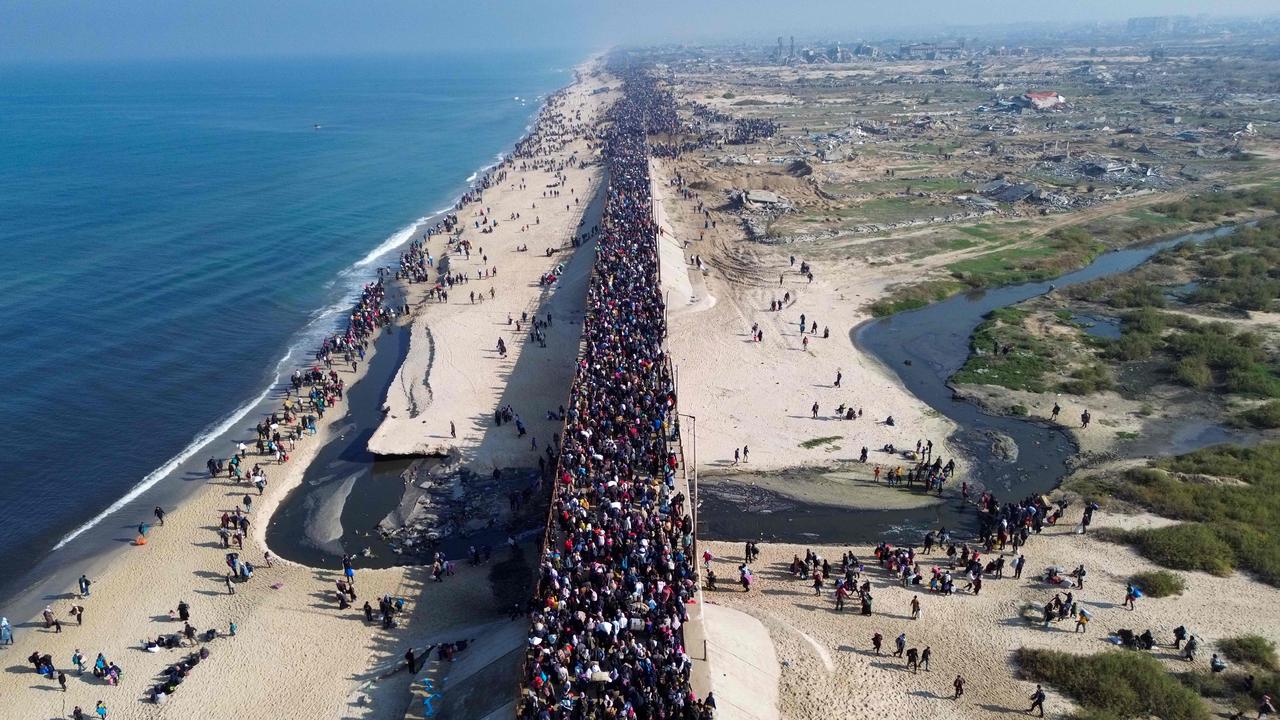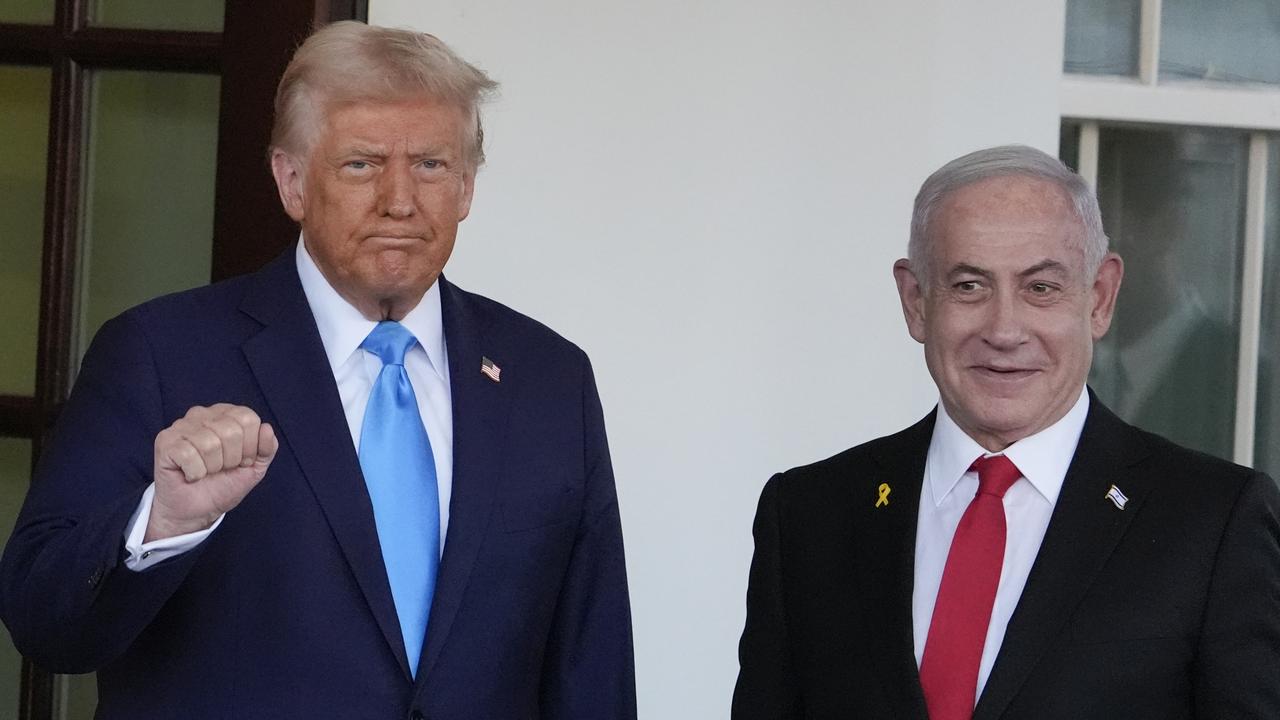Interest rates reckoning looms large for Labor
Voter sentiment could soon be very different with an electorate expecting election promises to be met. The ALP leadership needs to ask themselves: what would Hawke and Keating do now?
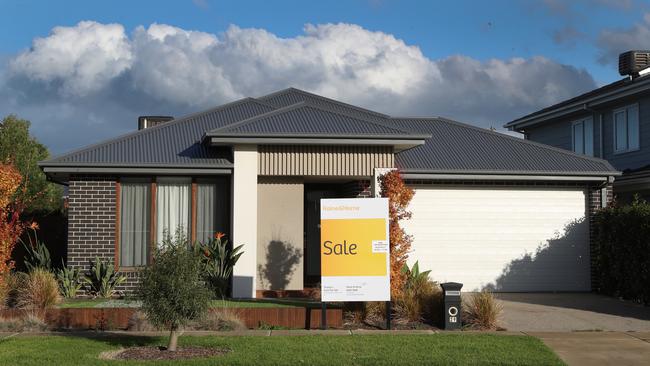
Another monthly meeting of the Reserve Bank of Australia, another monthly increase in the cash rate. The RBA rate rise this week was the eighth in a row, lifting the cash rate to 3.1 per cent – the highest it has been in more than a decade. Rates have risen every month since the election campaign. But they remain low by historical standards, which helps explain why rate rises will resume in earnest next year.
The RBA doesn’t meet in January but most banks expect it to continue lifting rates from February, perhaps up to the May budget or even beyond. It’s doing so as it continues to chase high inflation.
While the latest inflation figures are better than expected, they are still high, and according to this week’s gross domestic product numbers consumers continue to spend in ways that fuel higher inflation. (Note that GDP numbers have a lag effect, which may mean rate rises since the latest quarterly data have started to adjust spending habits.)
The simple fact is the RBA is putting up rates in the hope of jolting consumers into spending less and therefore reducing their pump-priming effect on inflation.
The board wants to see tangible evidence rising rates are slowing the economy and thus slowing inflation. The RBA goal is to bring inflation back into the 2-3 per cent band its charter requires. Inflation is currently 6.9 per cent, so it isn’t hard to see why rates will continue to keep going up.
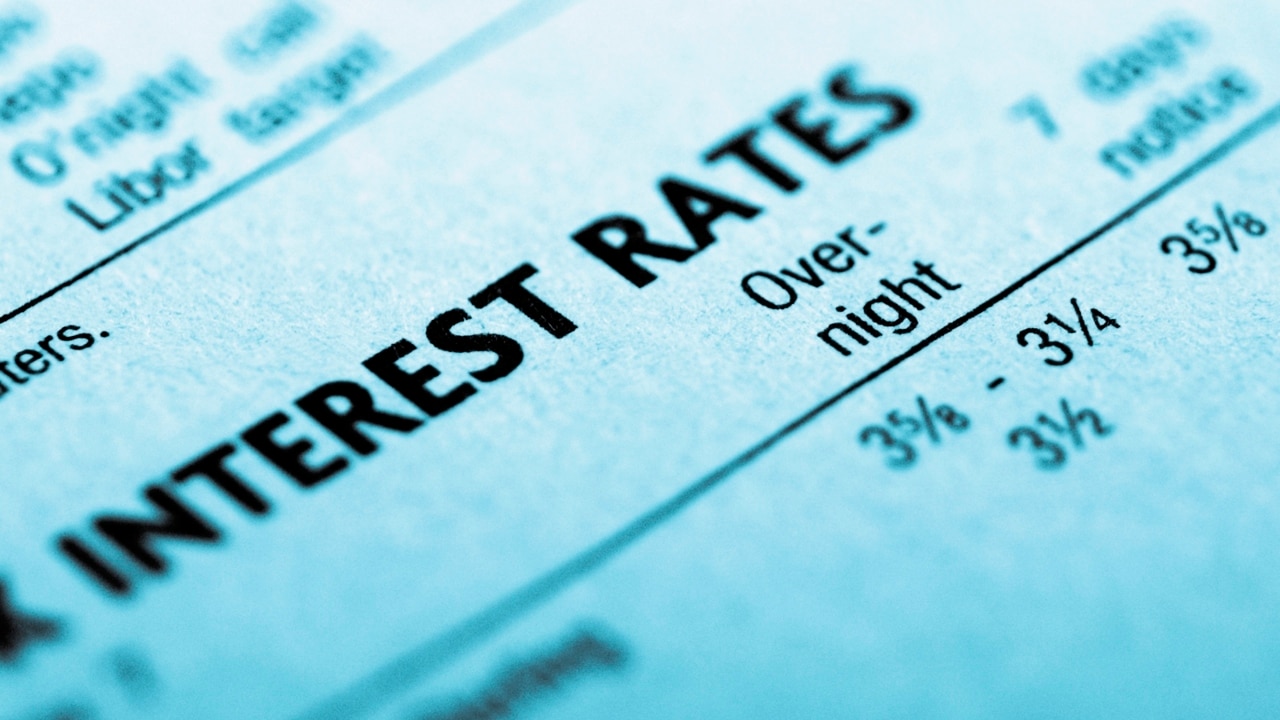
As 2022 comes to an end it will be remembered as the year Anthony Albanese vanquished Scott Morrison, giving Labor another chance to manage the country. By the end of next year, Australians will sit in much sharper judgment of how Labor has done since assuming that responsibility. Right now voters understand that rising energy prices coupled with broader cost-of-living pressures – courtesy of high inflation, low wages growth and a rising cash rate – can’t be Labor’s fault. Being in office for only a little more than six months is a get-out-of-jail-free card for any new government.
However, by this time next year voter sentiment could be very different. The Albanese government will be halfway into its term, with two budgets under its belt, and the electorate will expect results from a team that campaigned to bring down power bills and do something about low wages. And you can bet Peter Dutton will amplify any failures on these fronts.
Albanese was clever at the election, not promising the world, and as Prime Minister he has been prudent and measured so far in his rhetoric. But Labor’s small-target strategy (which internally it described as a “smart target strategy”, contrasting it with Bill Shorten’s 2019 campaign approach) still included key performance indicators the Dutton opposition will seek to highlight if they aren’t achieved.
Shielded from the worst of the global financial crisis in 2008 and the worst of the pandemic in 2020, a generation or two of Australians haven’t felt the sort of pain that is coming its way next year. Consecutive governments have fuelled investment in property, encouraged younger Australians to take out loans larger than their long-term capacities to repay, and provided regular safety nets when times got tough. We have become used to excess and easy solutions. But next year there will be fewer handouts, more saving and less spending. That will be a tough message to sell, which means there remains a risk that Labor seeks to buy its way out of trouble to the detriment of the budget bottom line. The only viable way government can properly help voters is by embracing the longer-term task of economic reform: adjusting the pressure points in our antiquated tax system; re-evaluating the role of government to determine how big sustainable government can really be; and accepting that the federal system desperately requires an overhaul.
It is a task few in politics are worthy of, perhaps including the government and key figures in the opposition who simply want to return to power and will use the tumult of reform to condemn the government of the day.
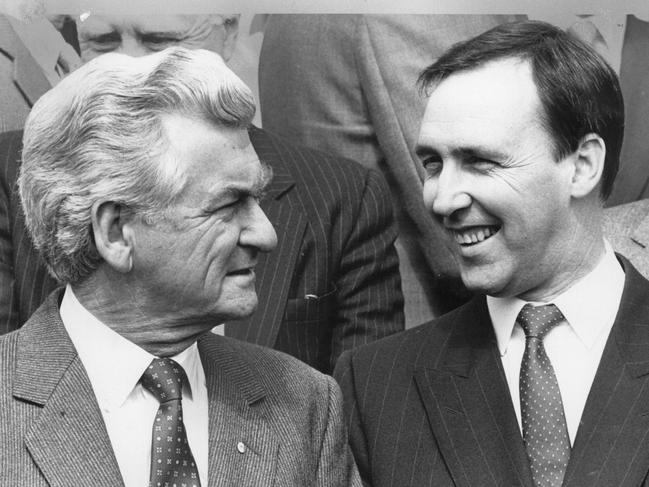
Australia truly became the lucky country Donald Horne sarcastically described us as when the Hawke-Keating government embraced the task of micro-economic reform in the 1980s. It did so, adopting large parts of the Campbell review that had sat gathering dust on John Howard’s shelf when he was Malcolm Fraser’s treasurer. Paul Keating foresaw the need. We again needed to modernise and go through the pain included in that process to maintain prosperity.
Bob Hawke had the charisma to carry voters with him on what was a difficult journey. Keating had the intestinal fortitude to insist on the reforms in the first place. It’s not for nothing most economists and political scientists agree on the stature of these twin figures in modern politics.
Does Albanese have the potential to emulate Hawke’s charisma, convincing Australians what has to happen for their collective medium to long-term benefit when reshaping our economy? Does Jim Chalmers have Keating’s intestinal fortitude to argue for tough but necessary reforms within the cabinet? Even if the Treasurer does, will today’s cabinet listen and act? The answers to these questions may not be what serious scholars and advocates for substantial reforms in government want to hear.
Chalmers’ PhD in political science was a study of Keating’s leadership, but it focused on his time as prime minister rather than his longer, more consequential stint as the nation’s treasurer. It is more a manual on how political leaders juggle challenges than a manifesto for good governance. Chalmers is energised by the political success of the Keating era more than the reforming outcomes that accompanied it. That’s not unusual within Labor.
It is somewhat scary just how many senior Labor figures (many of whom now sit around the cabinet table) privately lament the economic upheavals wrought by Hawke and Keating, even if they hope to emulate their 13 years in power. Instead they need to ask themselves: what would Hawke and Keating do now? The answer is simple: they would step up and reform an economy and policy structure overdue for change. So Australia can remain the lucky country.
Peter van Onselen is professor of politics and public policy at the University of Western Australia and Griffith University.





